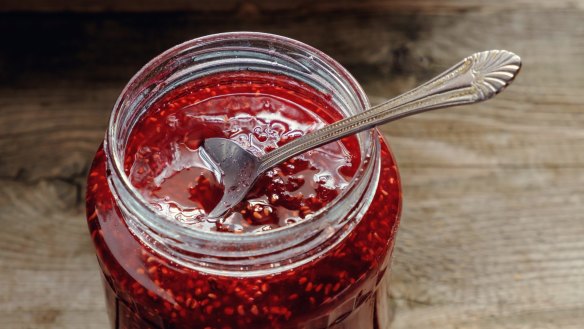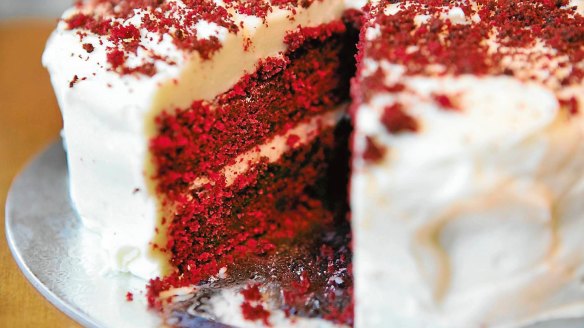How to stop crystals forming in jam

How do I stop my jam from crystallising? I. Zeitman
When I first arrived in London as a backpacker in the 1990s I remember being amazed at the way Australians were attracted to each other, forming raucous braying mobs in pubs and clubs. There they would down pints of Fosters and smoke smuggled-in packs of winnie blues despite being ardent non-smokers. Sugar molecules, even when dissolved in liquid as they are in jams, like to form into groups – or crystals. They love a party starter and will consolidate around a nucleus, which could be an air bubble, a fleck of dust or – most likely – another sugar crystal. When making jam, avoid creating crystals by cooking over gentle heat therefore making the sides of the pot – on which crystals may form – too hot. Do not stir the jam as it cools before you put it into the jars. Make sure the jars are spotlessly clean. If a jam does crystallise, reheat it, add a little lemon juice to inhibit crystallisation and pour into a clean jar.
Why are velvet cakes red? I. Keane

Red velvet cakes sprang up along the east coast of the US at the end of the 19th century. Back then, cocoa powder was not treated with alkaline (known as Dutch-process cocoa), and was used not just for flavour but to help soften the texture. A combination of bicarb of soda and buttermilk or vinegar were used to raise the cake, the chemical reaction with the cocoa imbuing a deep red colour to the end product, and giving rise to the names mahogany cake and red velvet cake. In the 1920s a manufacturer of artificial red colouring co-opted the recipe to sell their product. During World War II beetroot was often substituted for the cocoa and red dye, a much healthier alternative. In the 1970s, the use of artificial food dyes was restricted by the US Food and Drug Administration and the red velvet cake fell out of favour. In recent years the cake has made a comeback, with many bakers again using beetroot juice or cooked beetroot for the deep red colour.
What is the difference between a napkin and a serviette? P. Shuter
"About $36,000 in school fees," a dreadful snob I know once uttered. "Serviette" is a French word that was introduced into English in the late 1700s via Scotland, once a staunch ally of France. It is used to describe paper napery and is considered by some gauche. The word "napkin" comes to us by combining an old word for tablecloth, nap, and the archaic suffix -kin, a diminutive (think bumpkin, catkin, munchkin). As an aside, it is interesting to note the person in a household responsible for washing, ironing and storing the tablecloths and napkins was called the naperer. The person responsible for water was the ewer, from the French eau. The head of cutlery was the cutler and the person in charge of bottles was the butler, from the Old French boteille, meaning wine vessel or bottle.
Send your vexing culinary conundrums to brainfood@richardcornish.com.au or tweet to @realbrainfood.
Appears in these collections
- More:
- Food
- Brain food
